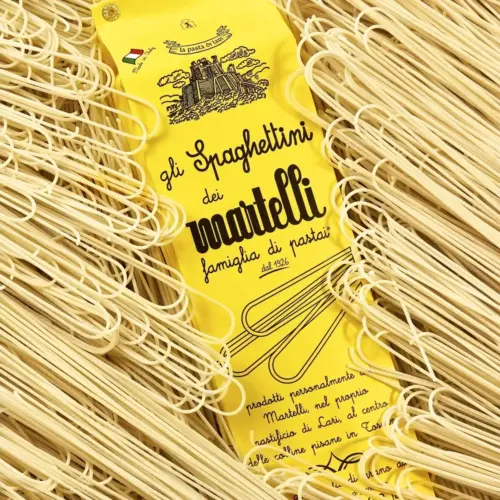Italian cuisine is renowned worldwide for its rich flavors, diverse ingredients, and timeless recipes. To truly appreciate its essence, it’s essential to understand the history and evolution of Italian cooking. This journey through time will uncover how Italian cuisine has transformed from ancient beginnings to the beloved tradition it is today.
Ancient Roots: Roman Influence
The foundations of Italian cuisine can be traced back to ancient Rome. The Romans were known for their grand feasts and elaborate dishes. They introduced ingredients like olive oil, wine, and a variety of herbs that are still central to Italian cooking today. Roman cuisine was heavily influenced by the cultures they conquered, incorporating flavors from across the Mediterranean and beyond.

-

Sassicaia Extra Virgin Olive Oil
$59.50 Add to cart -

Extra Virgin Olive Oil from Puglia and Modena Balsamic Vinegar – Special Set
$29.90 Add to cart -
Sale!

Garda Lake Superior EVO Oil – Bruno Viola
$28.90Original price was: $28.90.$21.90Current price is: $21.90. Add to cart -

“Castello di Resultano” Sicilian Extra Virgin Olive Oil – Val di Mazara PDO
$29.40 Read more
Staples of Roman meals included bread, olives, cheese, and meats, with an emphasis on simple yet hearty dishes. Roman cookbooks, such as “Apicius,” provide a glimpse into the opulent banquets and exotic ingredients that characterized this era.
The Middle Ages: A Shift in Flavor
As the Roman Empire declined, so did its culinary extravagance. The Middle Ages saw a return to simpler cooking, focusing on local produce and traditional methods. Monasteries played a crucial role in preserving culinary knowledge, growing herbs, and developing recipes that would later become staples of Italian cuisine.During this period, Italian cuisine became more regionalized, with each area developing its unique dishes. Italian Pasta, which is now synonymous with Italian cooking, began to gain popularity, with the first documented mention in the 13th century.
The Renaissance: A Revival of Culinary Art
The Renaissance marked a turning point in Italian cuisine. This era saw the revival of art, culture, and culinary innovation. Wealthy families like the Medicis held lavish banquets that brought together chefs and culinary experts from across Europe. New ingredients and techniques were introduced, leading to a renaissance in the kitchen.
Culinary masterpieces such as risotto and lasagna emerged during this time, and the concept of Italian cuisine as an art form began to take shape. Cookbooks became more widely available, allowing recipes to be shared and preserved for future generations.
Modern Italian Cuisine: A Fusion of Tradition and Innovation
Fast forward to the 19th and 20th centuries, and Italian cuisine underwent another transformation. As Italy unified as a nation, regional dishes began to spread and gain popularity across the country. The influence of Italian immigrants in America and elsewhere played a significant role in shaping the global perception of Italian cuisine.
Today, Italian cooking balances tradition and innovation. Classic recipes are cherished and passed down through generations, while modern chefs experiment with new ingredients and techniques. Dishes like pizza and pasta have become global icons, but regional specialties like Sicilian cannoli and Tuscan ribollita continue to captivate food lovers.
Conclusion: A Timeless Culinary Tradition
Italian cuisine’s journey through time is a testament to its resilience and adaptability. From ancient Rome to the modern kitchen, it has evolved while maintaining its core values of simplicity, quality ingredients, and a passion for food. As we continue to explore and appreciate Italian cuisine, we celebrate not only its rich history but also the culinary adventures yet to come.









